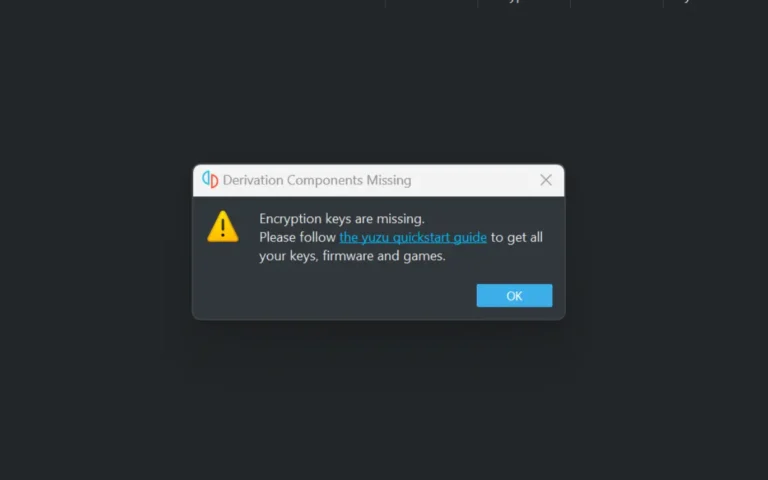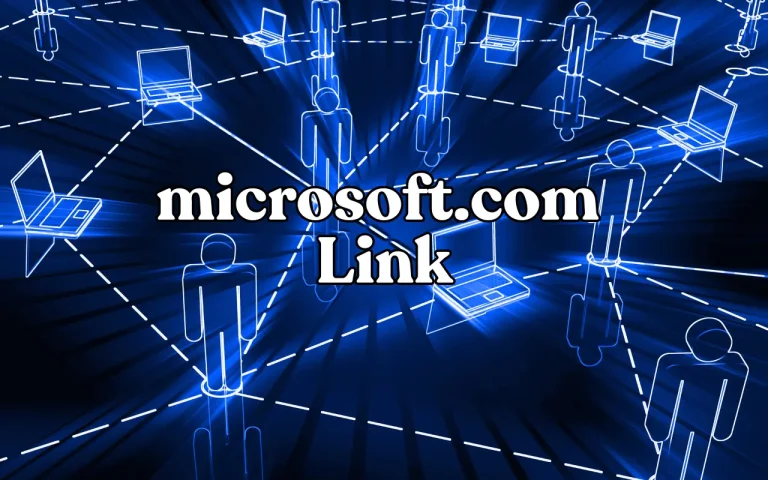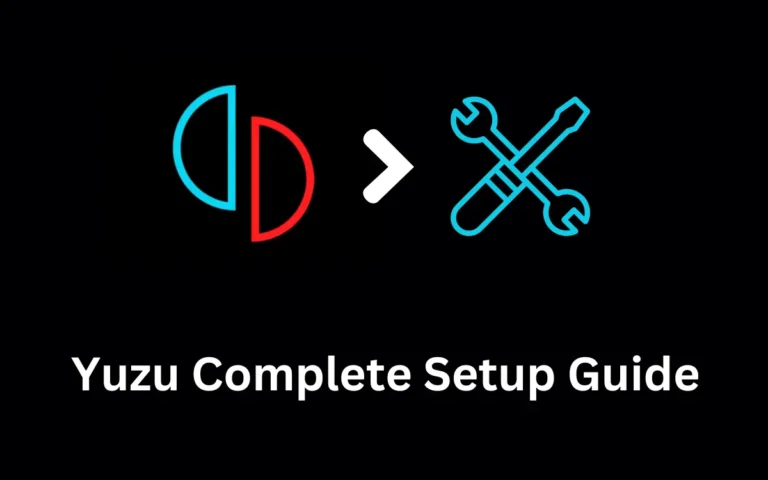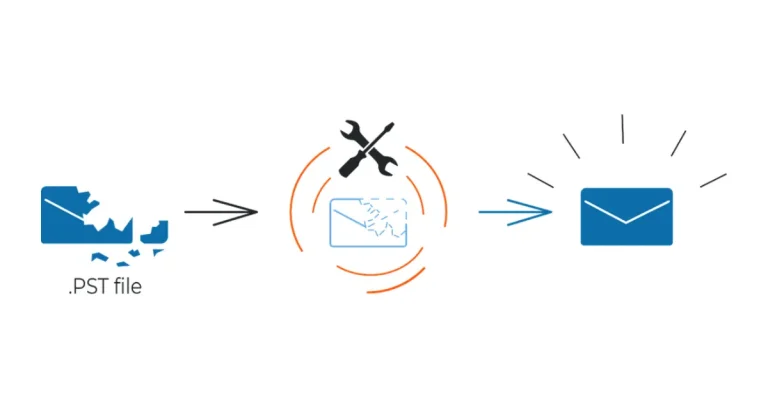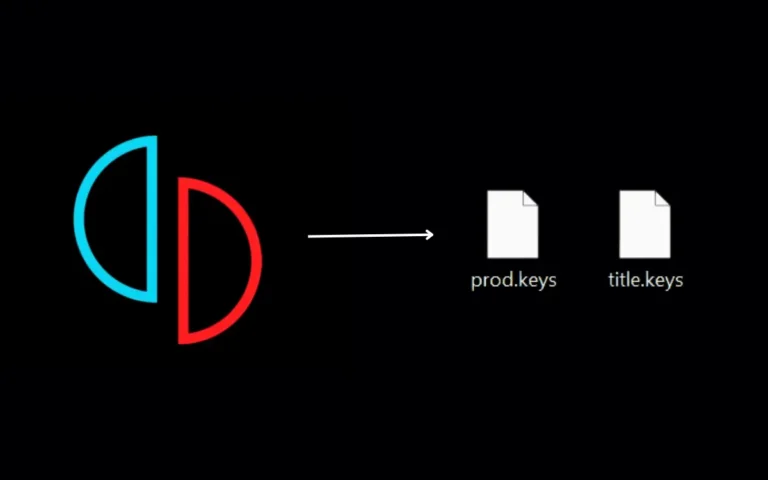Streamlining HR Operations with Advanced Training Tracking Software!
In today’s dynamic business landscape, it’s essential for Human Resources (HR) teams to stay abreast of the evolving needs in employee training and growth. Many organizations are adopting cutting-edge training monitoring software to streamline their HR functions, saving time, energy, and resources in overseeing and supervising employee training initiatives.
By utilizing technology, HR professionals can automate facets of training administration, ranging from designing and coordinating training sessions to monitoring employee advancement and assessing the impact of these programs. Through the utilization of training monitoring tools, HR departments can consolidate training data, facilitate communication among stakeholders, bolster accountability measures, and enhance overall operational efficiency.
1. Consolidated Training Oversight
Through software for tracking employee training, businesses can establish a hub for all their training-related operations. This empowers HR experts to store and retrieve details about courses, trainers, participants’ profiles, certifications earned, evaluation outcomes, and more. HR leaders can uphold records by having a storage area for all training information while reducing paperwork and manual data input.
2. Streamlined Training Coordination
The process of planning and organizing training sessions can present challenges for HR teams.
Cutting-edge software solutions provide tools to simplify this procedure by offering user interfaces for managing course schedules and resources like instructors or classrooms. Automated processes ensure coordination among parties involved in course organization or rescheduling sessions as necessary.

3. Automated Alerts and Memos
Clear communication is crucial for arranging employee training sessions. State-of-the-art training monitoring software automates alerts about courses or schedule modifications through email notifications or mobile alerts. This guarantees that employees are well informed about the timing of the venue and recommended materials (if specifics are required for each session they are required to attend).
4. Personalized Growth Plans
Innovative solutions empower companies to develop tailored growth plans for employees based on their job responsibilities, talents, and career ambitions. By creating growth strategies, HR departments can incorporate training initiatives that specifically address skill gaps in their workforce. This comprehensive approach to employee development is enhanced. Empower employees to achieve their career objectives.
5. Progress Monitoring and Analysis
Tracking employee advancement is an aspect of assessing the impact of training programs. Cutting-edge training monitoring software enables real-time tracking of each employee’s training progress, including course completion status, evaluation outcomes, and input received from instructors or colleagues. Human resources professionals can create reports on the progress of individuals or groups, pinpointing trends and areas that require enhancement.
6. Integrating with Existing Systems
To fully leverage the advantages of training tracking software, it is crucial to ensure integration with current HR systems such as Learning Management Systems (LMS), performance management platforms, or talent management tools. Integration enables data transfer between systems, eliminating data entry tasks and reducing manual errors.

7. Improved Compliance Management
Adhering to industry regulations is crucial for businesses today. Advanced training tracking software simplifies compliance management by automating processes like managing policies, procedures, licenses, certifications, or permits. Automated reminders help keep certifications current while lowering compliance risks.
8. Time and Cost Efficiency
The implementation of training tracking software can lead to time and cost savings for HR departments. Automation decreases the time spent on duties such as course scheduling, generating paper-based reports or certificates, and manually monitoring document renewals. By streamlining these processes, HR professionals can allocate time to initiatives, boosting overall productivity within the organization.
9. Tailored Training Programs
Software for tracking training offers the flexibility to customize training programs according to the requirements of various departments or groups of employees within a company. HR professionals can adjust course content, delivery methods, and evaluations to match objectives or job responsibilities, ensuring that participants find the training relevant and engaging. This personalized approach results in training results and motivates employees to engage in their professional growth actively.
10. Performance Analysis and Ongoing Improvement
Training tracking software doesn’t just monitor attendance and completion rates; it also offers insights through performance analysis. HR departments can examine data trends like assessment scores, improvement trends over time, or connections between training participation metrics and job performance indicators. By utilizing these analytics, organizations can pinpoint skill gaps or areas where training effectiveness can be improved further. This data-driven strategy facilitates the enhancement of training programs for long-term outcomes.
To Sum Up
Utilizing training monitoring software offers benefits in enhancing HR processes to oversee employee growth programs effectively. With functions such as data control, effective scheduling tools, integrated alerts, and reporting features, these solutions enhance communication channels, streamline processes to ensure compliance, and save time and resources in the future. By adopting software, HR departments can concentrate on creating plans to promote a culture of learning and propel advancement.
FURTHER READING
- What Are Sales Accepted Leads (SALs) and Why They Matter
- How to Enhance Team Collaboration in Remote Work Settings
- A Guide to Manual Recovery of Outlook Data Encrypted by the VVEW Virus

